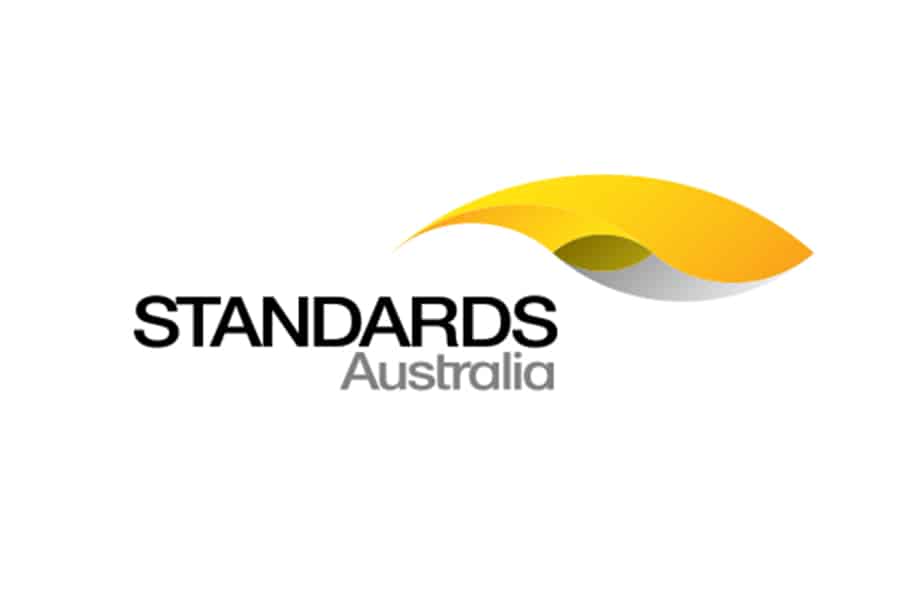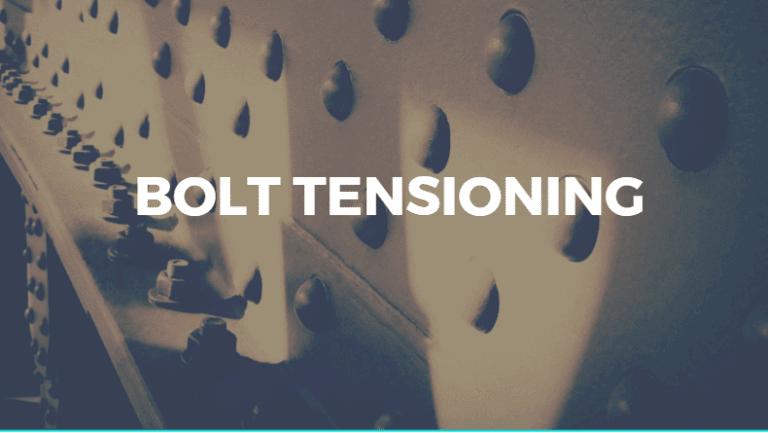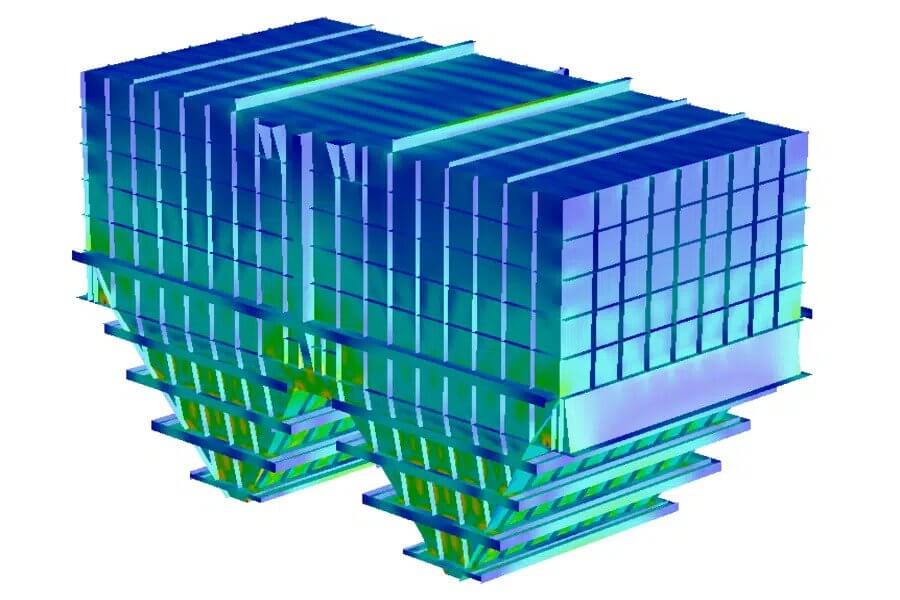AS/NZS 5131 Fabrication and Erection of Structural Steelwork was published in late 2016.
Okay, so it’s not new, but experience suggests many people in the construction industry learned of its existence, then forgot about it, and are still yet to pick up this code. Some don’t know of its existence at all! But we all should know, and we all should be using it.
Essentially the code requires engineers to specify a steel fabrication construction category in their project specifications.
So What’s a Construction Category?
“The Construction Category establishes the correct level of quality and assurance controls to ensure the structure meets the engineer’s design assumptions and level of risk mitigation under obligations implicit in the Workplace Health & Safety Act.
The fabricator must have the process in place to satisfy the specific construction category.” says Australian Steel Institute.
So is this just another technique that the ASI is using to ensure our designs are not manufactured offshore? Probably! But to take a less cynical view, it makes a whole lot of sense to ensure the engineer’s design gets the fabrication love it deserves. And a fabrication company does not have to be an Aussie to get accredited in a particular Construction Category.
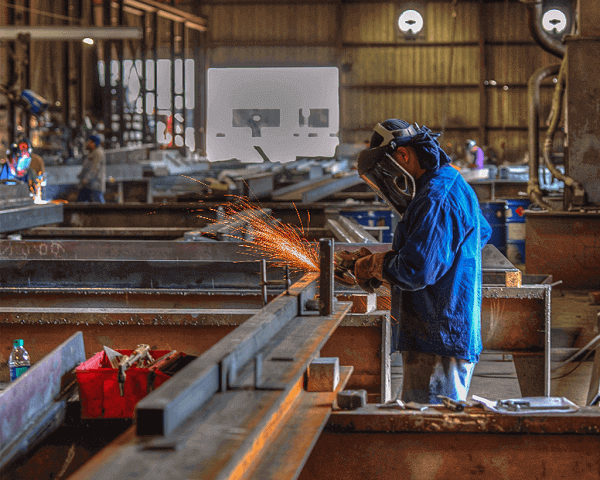
Determining the Construction Category
The selection of the construction category is based on three input variables:
(a) The “importance factor”, which reflects the risk to life and consequences of failure.
(b) The “service category”, which reflects the actions to which the structure and its parts are likely to
be exposed, such as earthquake or fatigue.
(c) The “fabrication category”, which reflects the complexity of the fabrication of the structure and its
components.
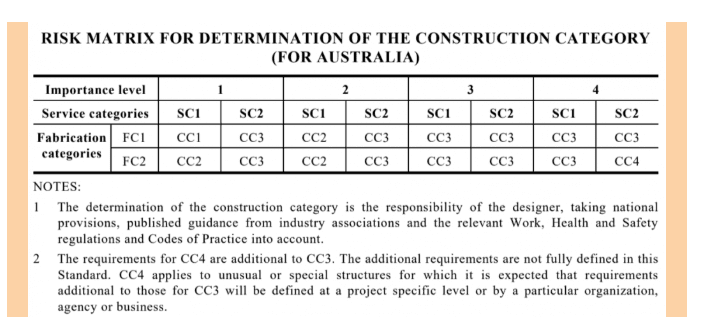
Most ‘normal’ structures will end up in Construction Category CC2.
What we find though is most of the structures we consider ‘normal’ in the mining industry are actually not that ‘normal’ and as such are often CC3.
CC3 is likely to represent structures and components with members and connections subject to fatigue assessment in accordance with AS 4100, AS 5100.6 or NZS 3404.1.
Examples include road and railway bridges, cranes and immediate supporting structure (where supported off the building or structure) and structures susceptible to vibrations produced by wind, crowds or vibrating machinery.
A Construction Category shall apply to either the whole structure or to parts of the structure
or to specific details. A structure may, therefore, have multiple Construction Categories,
provided that all parts of the structure are categorised.
A detail or group of details will normally be ascribed one Construction Category. The choice of Construction Category does not necessarily have to be the same for all components.
So What Does It Mean?
AS 5131 specifies what needs to happen in the office, workshop and on-site for the various Construction Categories.
If a structure or part of a structure has a Construction Category of CC3 then it is possible that fabrication and erection procedures currently employed may not be sufficient.
For example:
-
- Welder qualification to AS 1554.1 would not be sufficient; qualification to AS/NZS 2980 or ISO 9606.1 is required.
- Punched holing is not acceptable. Holes also need to be reamed.
- Full traceability and identification of components
Joining the new ASI National Structural Steelwork Compliance Scheme (NSSCS) is a sure-fire way of understanding the requirements of AS/NZS 5131 and getting on the list of approved fabricators.
What’s Next?
Revisions to AS/NZS 5131:2016 are currently being made and will be released soon.
AS 4100:2020 was released last month (August 2020), providing clarity on ‘Construction Specification’ and ‘Construction Classification’ to those not already using AS/NZS 5131.
So although uptake has been slow, it’s not going away anytime soon. In fact, since AS 4100 is a mandated standard in the National Construction Code, compliance with it is mandatory.
The changes help reduce risk for all members of the steel supply chain, in particular us engineers, in ensuring fit-for-purpose cost-effective compliant outcomes.
Are you already using AS/NZS 5131?
